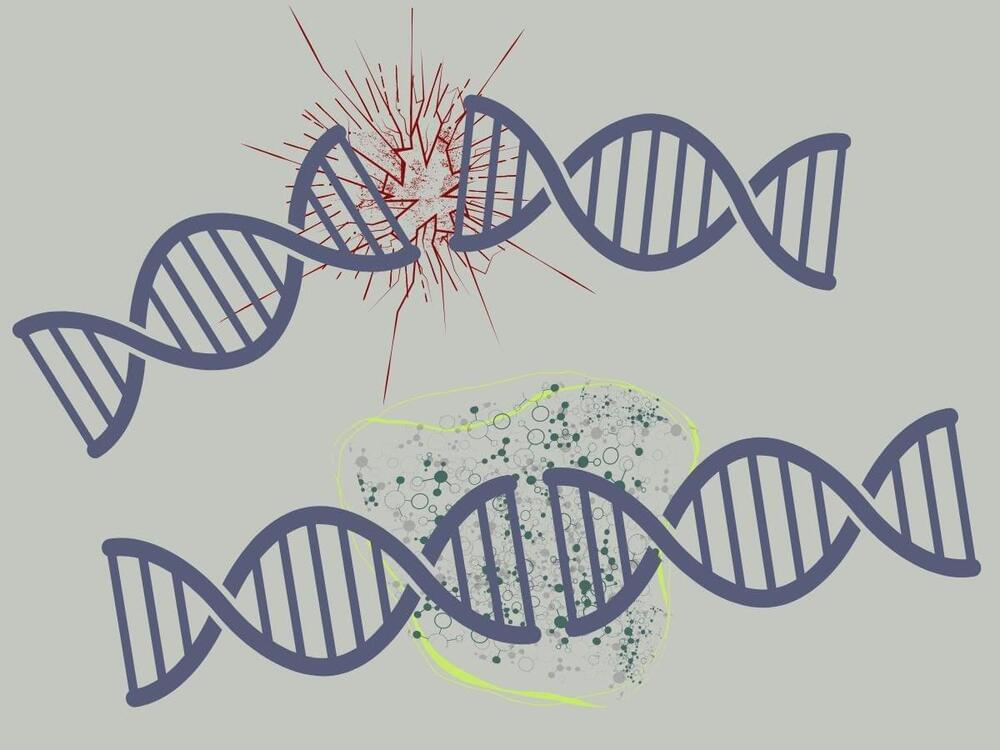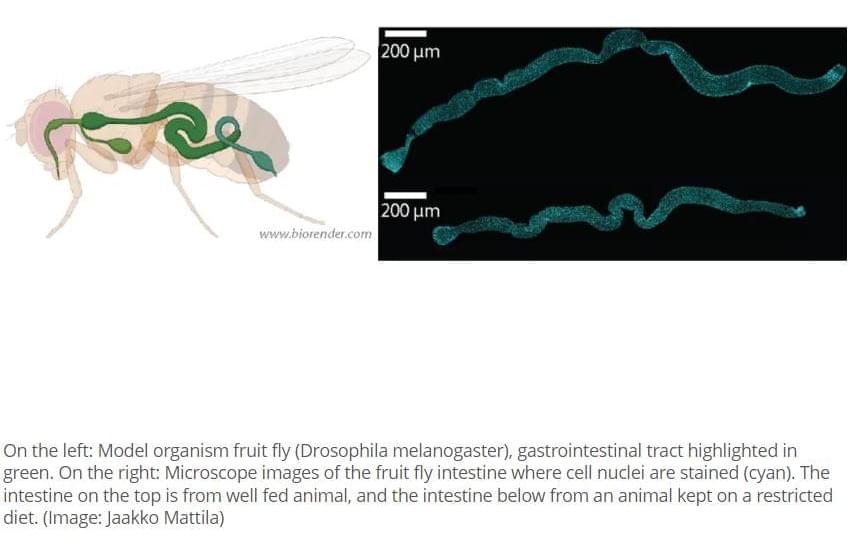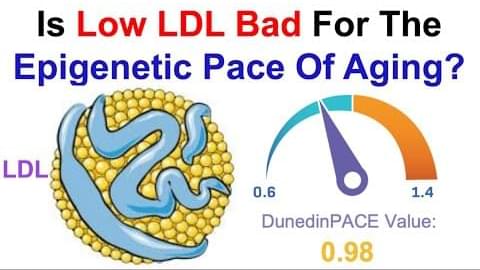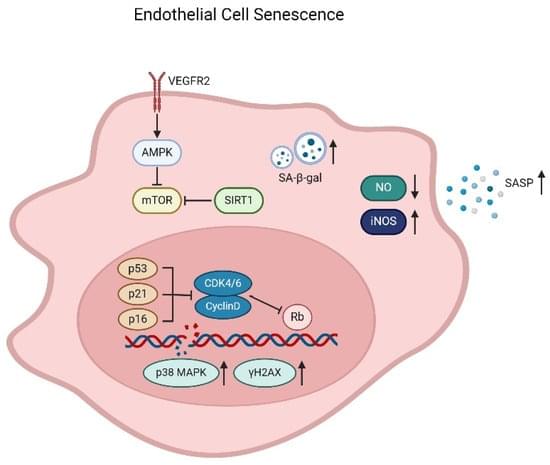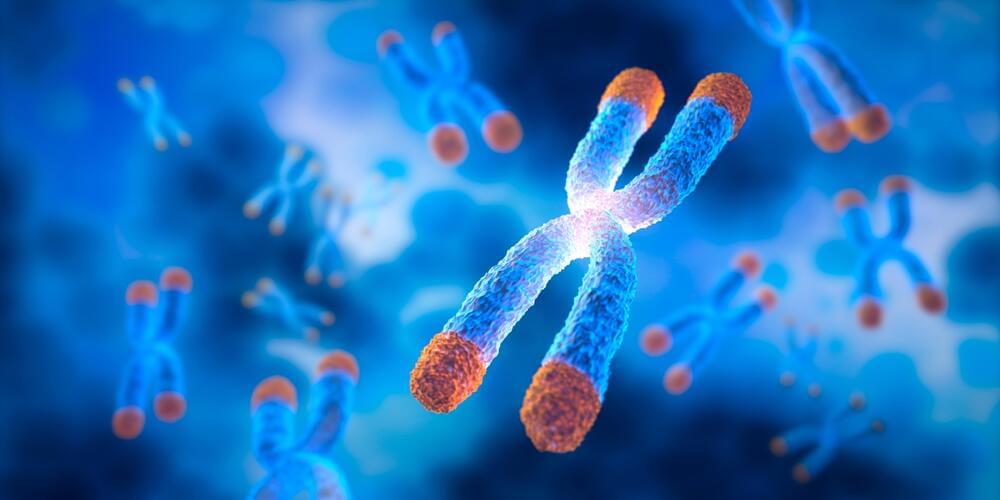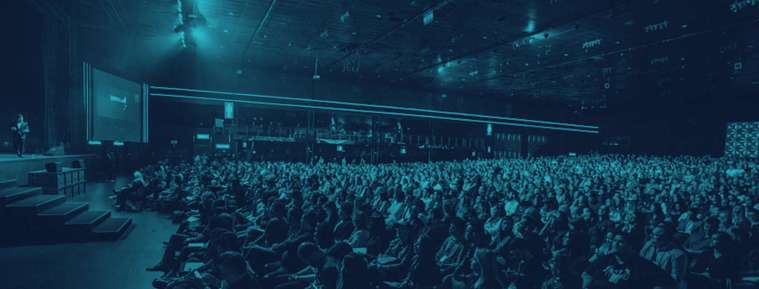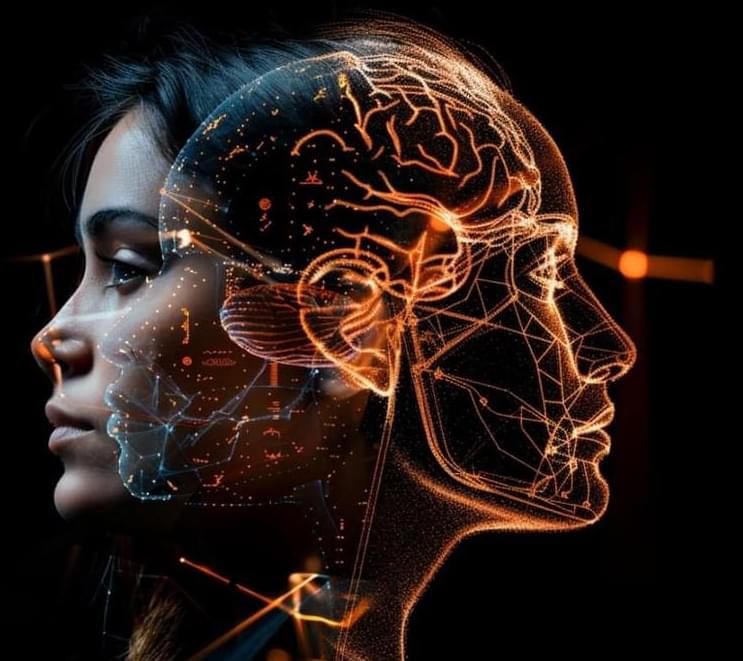We don’t exactly know why we age; we know what aging looks like —the “symptoms”, so to speak— but the root causes remain foggy. One leading hypothesis is that the changes associated with old age, both external and internal, are a result of accumulating DNA damage. As this damage builds, cellular functions begin to break down and important pathways start going haywire.
One of the most extreme forms of DNA damage is the double-strand break, which happens when a strand of DNA snaps in half, leaving two separate slivers floating around. Left unfixed, these strands can snag at and break chromosomes, leading to diseases like cancer and other disorders. But how the body repairs this kind of wreckage has been a source of mystery. Now, scientists at the Dresden University of Technology have managed to shine a light on the process. Published in Cell, their work offers important new insights that may eventually help treat, and possibly reverse, DNA damage.
